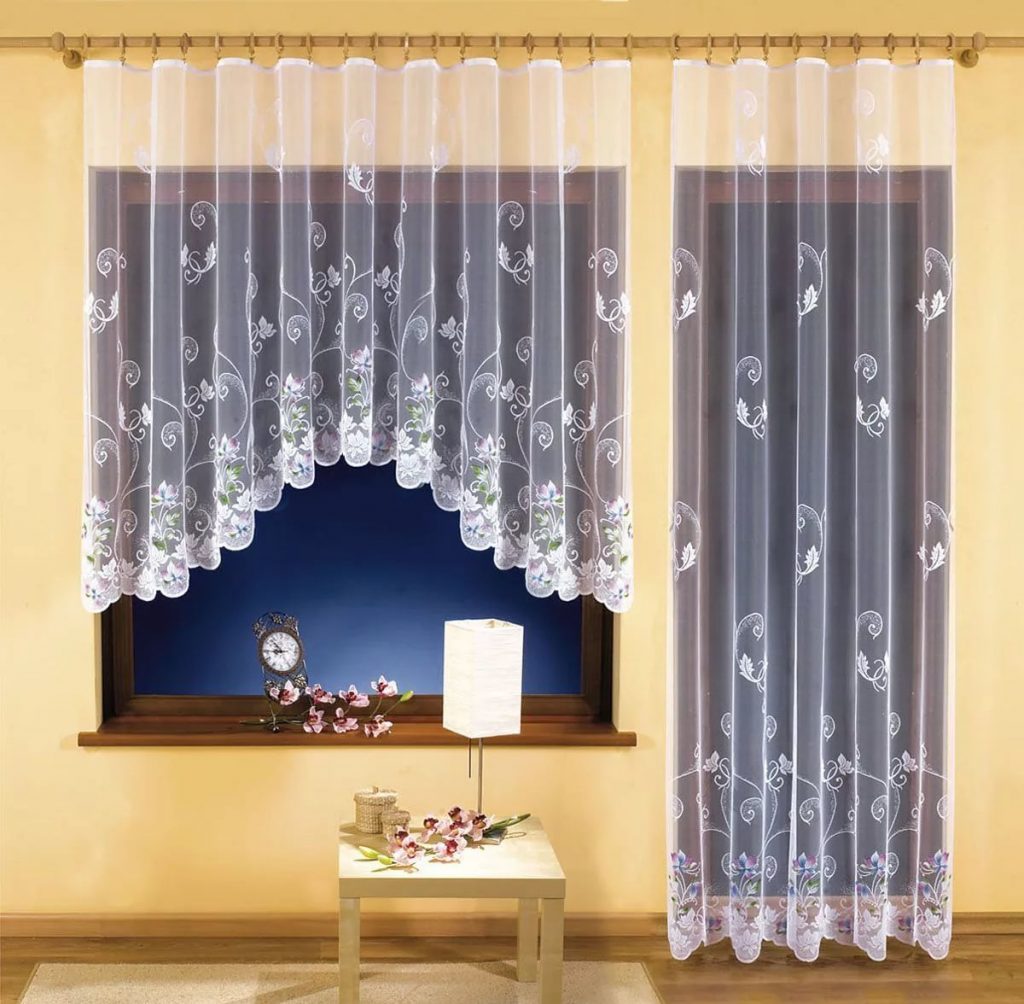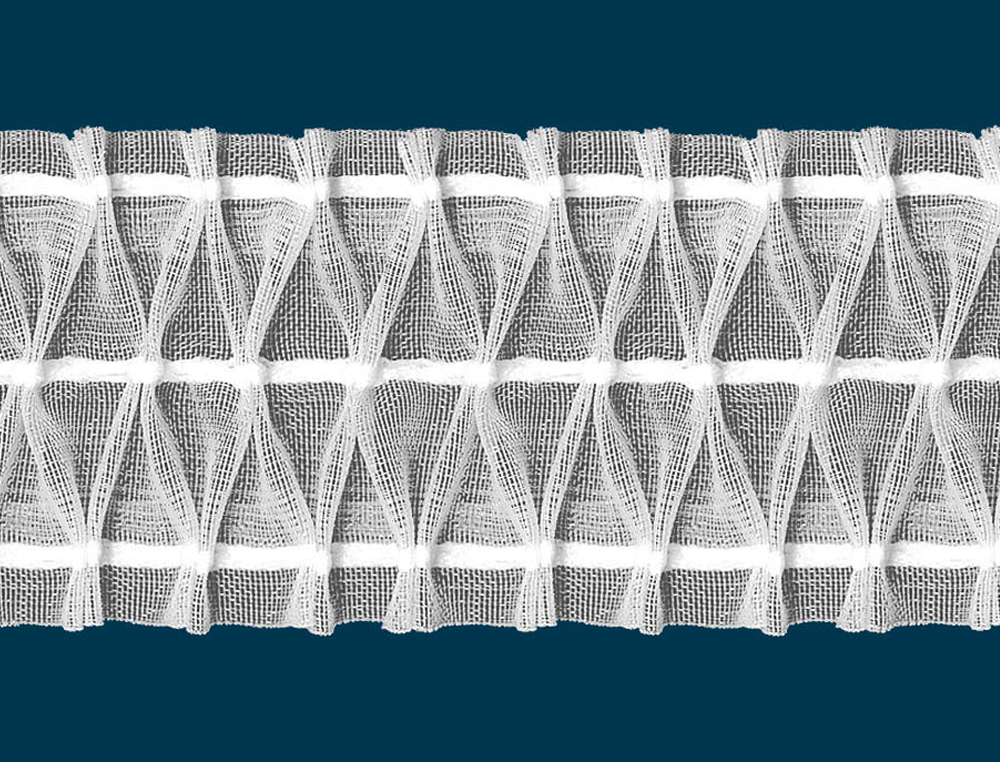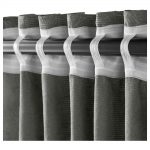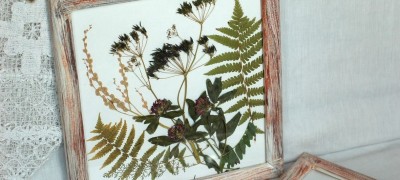Types of tulles and how to sew them with your own hands
Tulle is a light, airy fabric made of silk, cotton or synthetics that perfectly transmits and gently diffuses light. This property of the fabric was especially fond of the hostesses - it is difficult to find a window not decorated with tulle. And it is also inexpensive to manufacture, lasts a long time, does not require complex maintenance.
The types of tulle are varied, sometimes it is difficult to imagine that this is one fabric:
- lace tulle;
- with prints or photo curtains;
- "Under flax";
- mesh veil;
- with a border.

Curtain tape helps to make a beautiful drapery of curtains. Its design is carefully thought out, a modern craftswoman just needs to stitch it to the upper edge of the fabric, collect beautiful folds and fix a beautiful curtain on the window cornice.
Types of curtain tapes
There are almost 70 types of curtain tapes:
- with loops for attaching ready-made curtains to cornice hooks;
- with a pocket for curtain rods with pipes;
- special for string curtain rods.
Curtain tape is a fabric strip (it can be of different widths and densities), along the entire length of which 2-3 (sometimes more) rows of laces are threaded in parallel. The hook loop layer is in the middle. There can be two such layers in a wide strip, with their help you can slightly adjust the length of the curtain.

The stretched rows of ropes are necessary to create even folds of the desired size and shape. The type of drapery obtained will depend on the location and pitch of the laces pulled along the strip.

Using the curtain tape, you can get a variety of draperies: from light gathering, to wide counter or unidirectional folds.

A wide curtain strip is used for heavier fabrics with intricate folds. For a light tulle, a width of 30-40 mm is sufficient.

How to hem tulle and sew a curtain tape with your own hands
Selection of braid
When choosing, it is important to consider two points.
- For a heavy curtain, choose a heavy curtain. For the easy opposite.
- The number of laces pulled through depends on the width of the braid. The more there are, the more complex the drapery can be assembled.

Two laces are enough for easy gathering. For translucent fabrics (including tulle), use strong line tape. "Heavy" fabric will not show through very nicely through light fabric. A narrow one will attract less attention to itself. Wide ones are intended for denser curtain fabrics.
Sewing process
If you have a sewing machine at home with hemming and sewing on curtain tape, you can handle it quickly enough.
Here is a step-by-step instruction on how to sew a curtain tape to a tulle:
- Take measurements, prepare tulle and braid of the required length. For fluffy folds, more fabric will be needed. Please note that after the first wash, the material of the tape may "shrink", it will become too short.This can only be fixed by repulsing it and sewing on a new one. This can be avoided by initially adding 4-8 cm for shrinkage.
- Fold up the top of the tulle. If the canvas crumbles heavily, then it must be tucked twice, otherwise once is enough. Baste with coarse stitches along the entire length, iron with an iron to keep the hem straight. Stitch and remove the basting. Do the same with the sides and bottom.
- Cut the curtain tape. Attach the tape to the top edge of the seamy side of the curtain with a 1.5 cm inset and baste it to the fabric (or pin it down). The edges of the tape must be tucked neatly.
The hook loops on the strap should be facing you. Sewing it "inside out", you will not be able to use ready-made loops for hanging the curtain on the hooks of the cornice.
Tie the curtain tape gently to the fabric, including the sides. Remove pins and basting stitches.
If you have a wide braid, then you can additionally stitch it in the middle between the laces. The folds will be tidier.

Make sure that the new stitching does not touch or cross the strings that have been pulled through. Otherwise, you will not be able to collect the folds.
Forming folds
If you did everything correctly, then it will not be difficult to form neat folds:
- Tie the laces together tightly around the edges.
- Pull the laces. The web will begin to fold.
- Form folds of the desired density and distribute them evenly over the curtain.

Along the edge of the curtain you still have extra strings hanging down. Experienced craftswomen sew small secret pockets to the edges, where they can be hidden.

All is ready. You can hang the curtain on the curtain rod using the loops located on the curtain tape. The distance between the hooks should be 8-12 cm.
Video: how to hem the braid to the tulle or curtain








